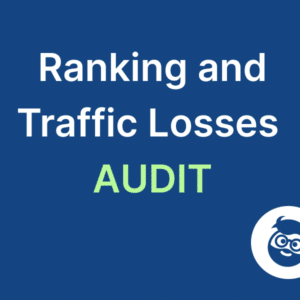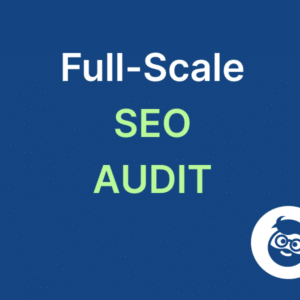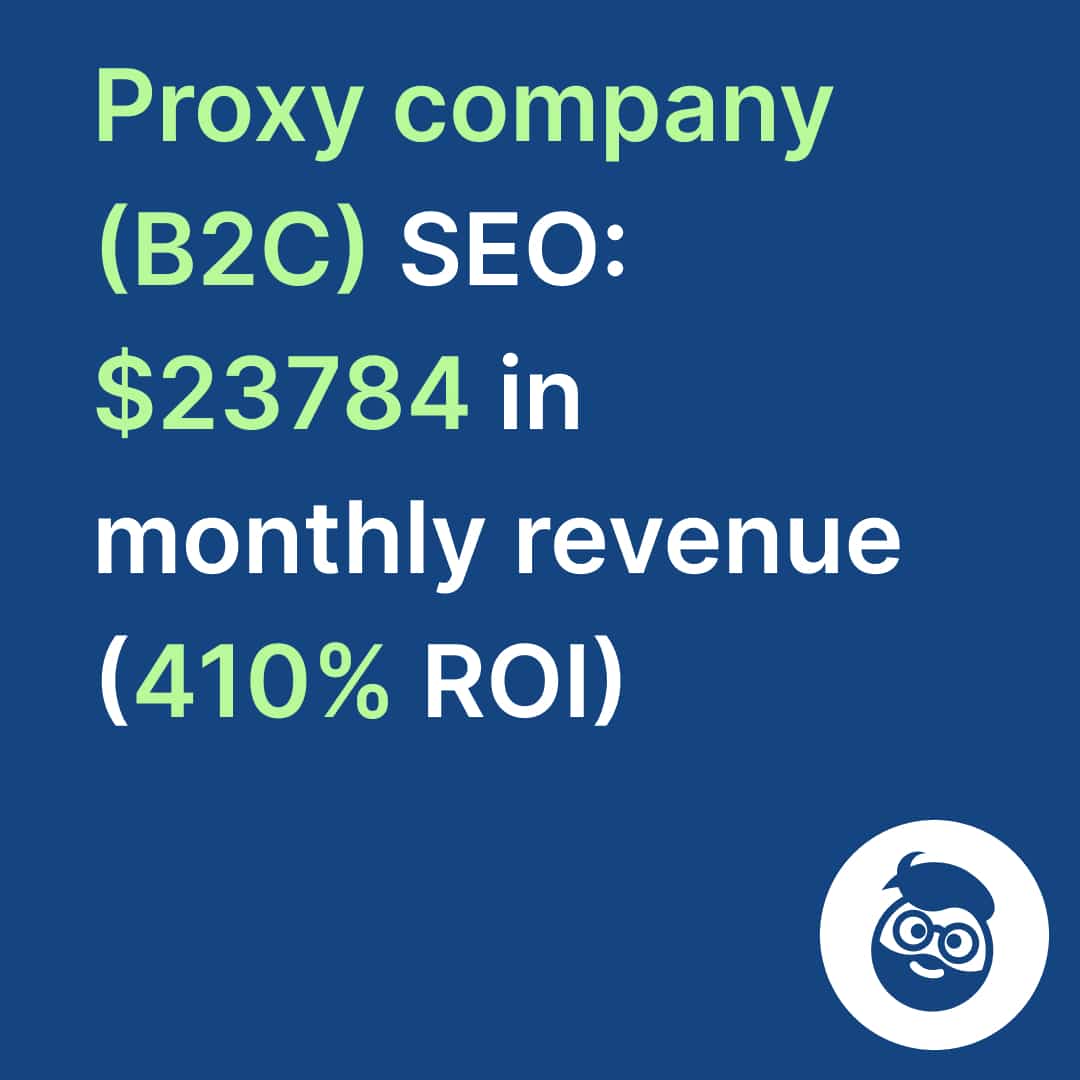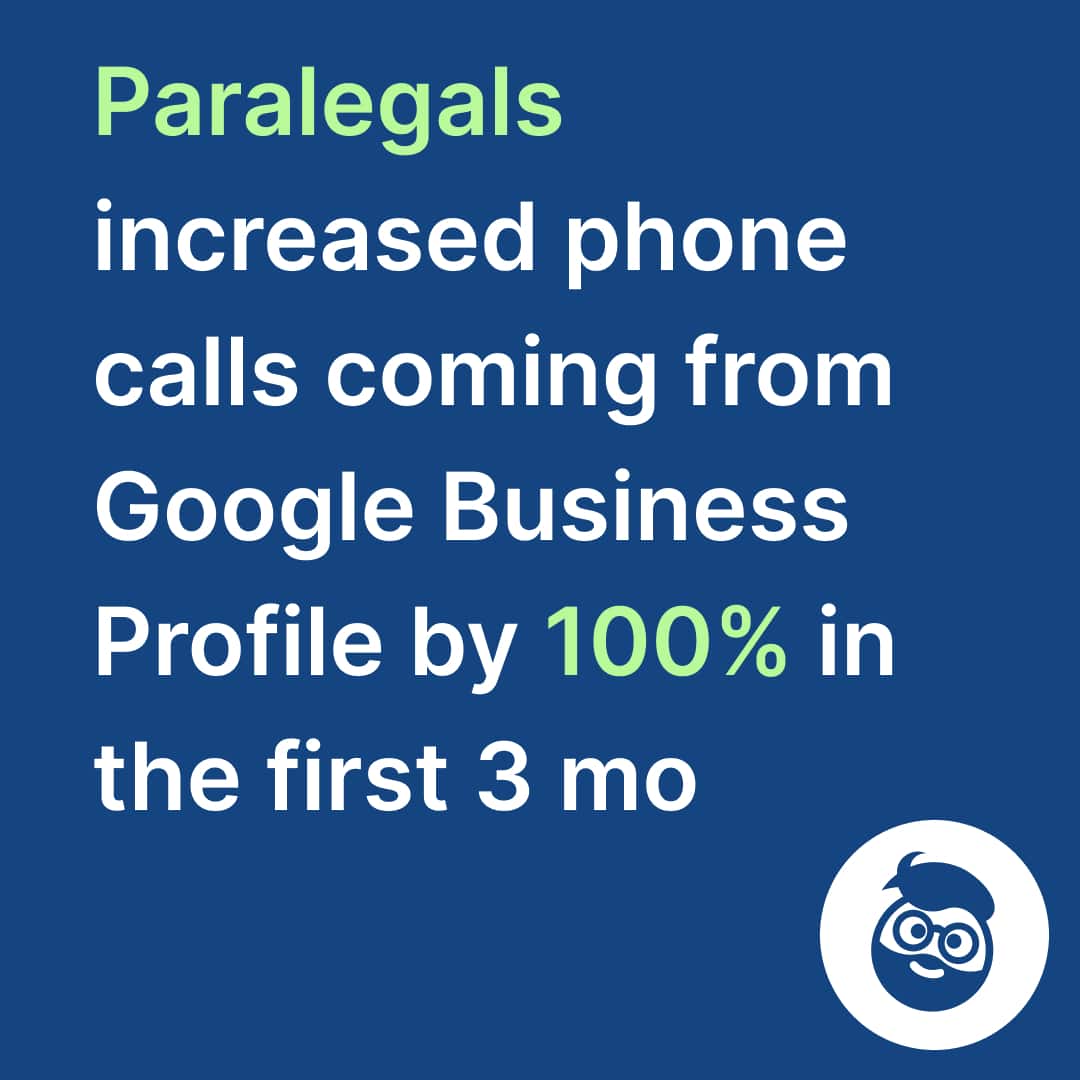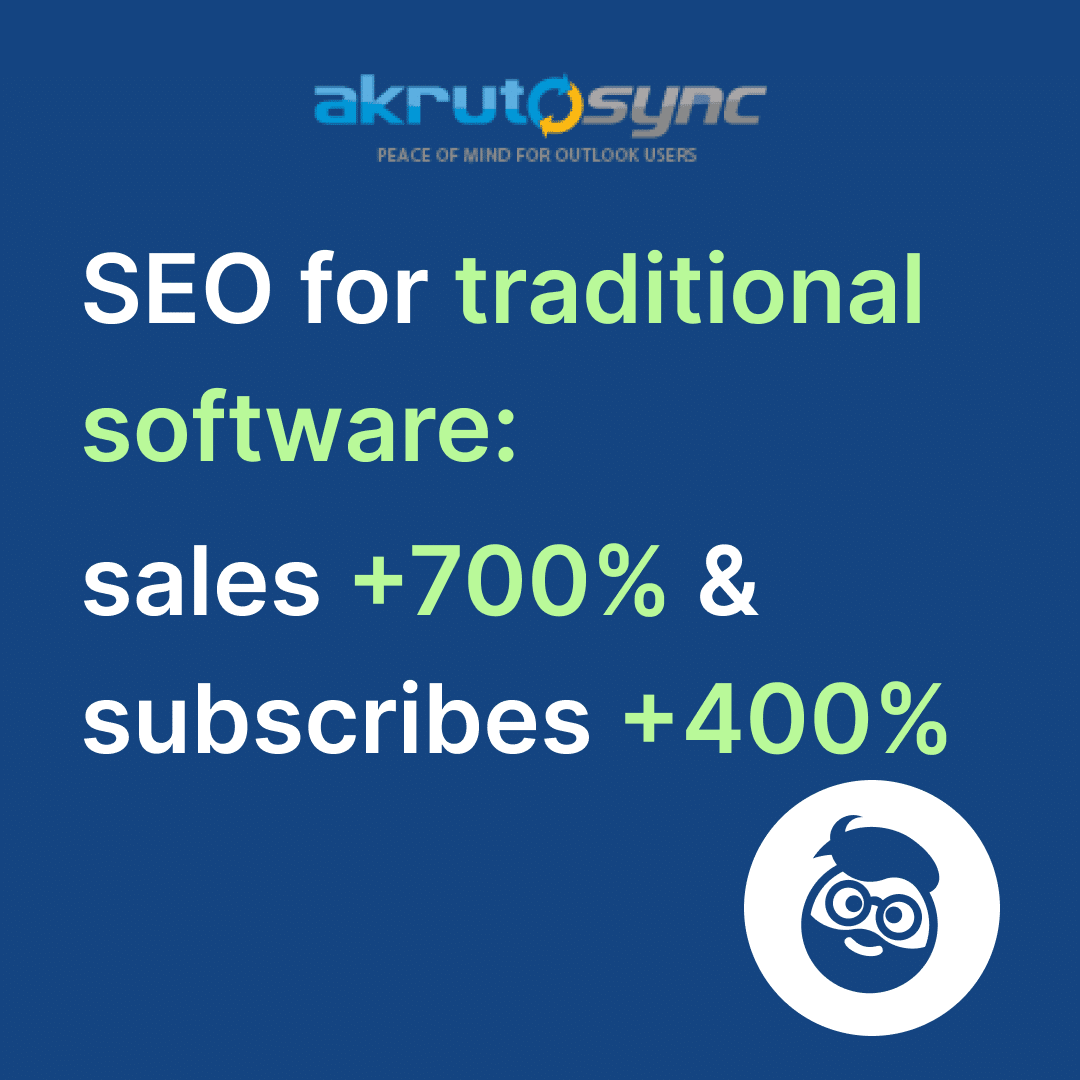In the dynamic world of digital marketing, OKRs for SEO, focusing on key results and aligning with business goals, have emerged as a game-changer, aligning teams and turbocharging search engine performance towards growth goals. These strategic objectives not only clarify goals but also provide measurable milestones and key results to track progress in planning and budgeting for projects. Whether you’re fine-tuning your website’s visibility or aiming to dominate SERPs, understanding and implementing OKRs, with clear key results aligned with your business goals and objectives, can be the catalyst for unprecedented growth in organic traffic, achieving your primary goal. By harnessing their power, you’ll unlock a structured pathway to achieving and even surpassing your business growth goals and key results through digital marketing and link building.
The key lies in simplicity and specificity; clear-cut OKRs bridge the gap between ambition and reality, guiding the team toward the primary goal through sprints in a business context. They translate complex SEO strategies into actionable steps for the team, fostering accountability in sprints that drive business results for the client. Dive into this team-focused approach where sprints and key results meet precision, ensuring every effort is directly contributing to your overarching business SEO success.
- Sale!

SEO Content Audit
Original price was: 1999,00 €.1799,00 €Current price is: 1799,00 €. Select options - Sale!

Search Rankings and Traffic Losses Audit
Original price was: 3500,00 €.2999,00 €Current price is: 2999,00 €. Select options - Sale!

Full-Scale Professional SEO Audit
Original price was: 5299,00 €.4999,00 €Current price is: 4999,00 €. Select options
Understanding SEO OKRs
Defining Objectives
The first step in leveraging OKRs for business SEO is to pinpoint your team’s primary goals and key results within sprints. These objectives should be the driving force behind your team’s strategies and key results for sprints. It’s crucial for the team to distinguish between key results they aim to achieve in the short term versus long-term ambitions. For example, a short-term goal might be improving the ranking of specific keywords, while a long-term objective could involve establishing domain authority.
Your SEO objectives, including key results, must not stand alone; they need to fit within your overall business strategy. This ensures that every effort contributes meaningfully to the company’s success and key results. Let’s say your business aims to increase online sales by 20% through key results. Your corresponding SEO objective, with key results, could then focus on increasing traffic from buyers who are ready to purchase.
- Identify key performance areas
- Distinguish time frames for each goal
- Align with broader business outcomes
Measurable Results
To track progress effectively, it’s essential to set benchmarks for organic traffic growth and improvements in keyword rankings. Benchmarks act as reference points against which you can measure actual performance and key results over time.
Defining clear KPIs (Key Performance Indicators) helps monitor these benchmarks closely. For instance, if one of your goals is enhancing visibility for certain search terms, then tracking changes in their SERP (Search Engine Results Page) positions becomes a critical KPI.
Quality and quantity metrics for backlinks, including key results, are vital since they reflect how other websites perceive yours—a factor Google takes seriously when determining rank. A robust metric system might include:
- The number of new backlinks acquired per month.
- The percentage increase in referring domains.
- The trust score or domain rating of new backlinks.
These metrics help ensure efforts are yielding tangible results that contribute towards meeting established objectives.
Aligning with Goals
Every aspect of an SEO strategy should support broader marketing targets and key results—this alignment guarantees cohesion across campaigns and maximizes impact. If general marketing goals revolve around brand awareness or thought leadership, ensure that content creation serves this purpose by targeting relevant topics and keywords.
Similarly, align link-building initiatives with site authority enhancement goals by focusing on obtaining links from reputable sources within your industry niche. This strategic approach promotes synergy between various elements such as:
Content Creation:
- Match topics with audience interests.
- Optimize articles around target keywords.
Link-Building:
- Target high-authority sites for backlinks.
- Pursue guest posting opportunities strategically.
Criteria for Effective SEO OKRs
Specificity
Effective SEO OKRs require specific goals. This means choosing target keywords and phrases carefully. For instance, a business might focus on “organic coffee beans” rather than just “coffee”. Next, it’s crucial to determine desired ranking positions. A goal could be to rank in the top 10 on Google for selected terms.
It’s also important to target specific regions or demographics. If your product is popular with young adults, tailor your SEO efforts towards that group.
- Specify target keywords and phrases.
- Detail desired ranking positions.
- Outline targeted traffic by region or demographic.
Measurability
To gauge success, you need measurable objectives. Use tools like Google Analytics to track keyword rankings over time. This helps see if strategies are working.
Measuring website traffic reveals where visitors come from. It shows which marketing channels are effective. Quantifying backlink growth is key too. More quality backlinks can improve domain authority significantly.
- Track keyword rankings using tools.
- Measure traffic sources accurately.
- Quantify backlink impact on domain authority.
Achievability
Goals must be realistic to be useful. Look at industry benchmarks when setting expectations for keyword rankings or site traffic increases.
Consider available resources as well; creating high-quality content takes time and talent. Finally, assess how competitive the targeted keywords are before setting goals around them.
- Set expectations based on industry standards.
- Consider resource availability for content creation.
- Assess competition level for target keywords.
Relevance
SEO OKRs should align with what you offer customers—focus only on relevant keywords and search trends that match user intent closely related to your products or services.
Prioritize objectives that have a direct effect on revenue streams such as sales conversions or lead generation activities within your business model.
- Align objectives with search trends and user intent.
- Prioritize goals impacting revenue or leads directly.
Types of SEO OKRs
Strategic OKRs
Strategic OKRs focus on long-term goals. They shape how a brand appears online. For instance, a key objective might be to boost brand visibility in search results. This could involve targeting specific keywords that align with the company’s products or services.
Another strategic goal is market expansion via SEO. Companies often aim to reach new demographics or regions. To do this, they tailor their content and SEO strategies to resonate with these new audiences.
Link-building is also strategic. It forms partnerships that improve a site’s authority and ranking potential. A well-planned link-building strategy can lead to significant improvements in search engine results pages (SERPs).
- Define big-picture goals for sustained growth
- Aim for broader market reach through tailored content
- Forge link-building partnerships for stronger domain authority
Operational OKRs
Operational OKRs deal with day-to-day tasks that support the strategic objectives. Content is key here; regular updates keep a website fresh and relevant. Weekly tasks may include adding blog posts or updating existing pages with current information.
Technical maintenance is another operational priority. Websites must run smoothly and meet search engine guidelines to rank well. Regular audits can catch issues like broken links or slow loading times before they impact rankings.
Backlink acquisition should be ongoing as well, not just one-off campaigns. A steady flow of quality backlinks signals credibility and relevance to search engines.
- Schedule content updates for consistent engagement
- Conduct technical checks routinely
- Pursue continuous backlink opportunities
Setting and Tracking Milestones
Setting Goals
SMART Goals
Goals in SEO are crucial. They guide your actions and give a clear direction. Using the SMART framework, you can set effective SEO objectives. Let’s break it down:
- Specific: Your goals should be clear-cut. For instance, instead of aiming to “increase traffic,” target “increasing organic traffic by 30%.”
- Measurable: You need to track progress. Set up metrics like search rankings for particular keywords.
- Achievable: Be realistic with your targets. Ensure you have the resources needed to hit your goals.
- Relevant: Your SEO goals must align with overall business objectives.
- Time-bound: Assign deadlines for each goal, such as improving keyword ranking within six months.
For example, when choosing keywords, don’t just go broad; select ones that match these criteria closely.
Creating content also needs this approach. Plan what type of content will boost rankings and how it will be optimized following SMART principles.
Enhancing SEO Through Content
Content Relevance
Content relevance is key in SEO. It means your content must match what people are searching for. To do this, align topics with the search intent of your target audience. Think about their needs and questions. Then create content that provides answers.
Updating existing content also keeps it relevant. Trends change, and so should your articles and posts to stay current. This helps maintain a strong presence on search engine results pages (SERPs).
Evergreen content is another strategy. These are pieces that remain useful over time, like how-to guides or frequently asked questions (FAQs). They attract traffic consistently because they’re always needed.
- Align topics with audience search intent.
- Update regularly to match current trends.
- Focus on evergreen pieces for ongoing traffic.
Content Quality
High-quality content is non-negotiable for good SEO performance. Your goal should be informative and engaging material that holds readers’ attention.
Readability scores can guide you here; they help ensure your writing matches the preferences of your intended audience in terms of complexity and clarity.
Adding multimedia elements boosts engagement too. Videos, images, infographics—they all add value to text-based content by breaking up text walls and illustrating points more vividly.
Off-Page SEO Performance
Link Building OKRs
Link building is crucial for off-page SEO. Set OKRs to get new, high-quality backlinks each quarter. Aim for a specific number like 50 or 100. This goal should be challenging yet achievable.
Focus on getting links from sites in your industry niche. These are more valuable because they’re relevant to your content. They also signal to search engines that you’re an authority in your field.
Track how these backlinks affect your site’s authority score. Use tools like Ahrefs or Moz to monitor changes. The goal is to see a steady increase in this score over time.
Backlink Profiles
Look at competitor backlink profiles too. Tools can show you where their links come from which can reveal opportunities for you.
Make it a habit to audit your own profile regularly as well. Look out for toxic links that could harm your ranking and disavow them through Google’s tool if necessary.
A diverse range of sources for backlinks helps protect against penalties from search engines who may suspect manipulative practices if all links come from similar places.
Showing 1–3 of 5 resultsSorted by popularity
- Sale!

White Label SEO Audit
Original price was: 5299,00 €.4999,00 €Current price is: 4999,00 €. Select options - Sale!

SEO Content Audit
Original price was: 1999,00 €.1799,00 €Current price is: 1799,00 €. Select options - Sale!

Search Rankings and Traffic Losses Audit
Original price was: 3500,00 €.2999,00 €Current price is: 2999,00 €. Select options
Diversify by reaching out to different types of websites such as blogs, directories, and forums related to your industry.
Increasing Organic Traffic
Keyword Strategies
To boost organic traffic, smart keyword strategies are essential. Start by identifying long-tail keywords. These have less competition but are very relevant to your audience. For example, instead of “running shoes,” use “women’s trail running shoes for overpronation.” This specificity can attract a more targeted audience.
Balance is key in keyword selection. Mix high-volume head terms with niche-specific phrases. While broad terms draw more searches, they’re also highly competitive. Niche phrases may bring fewer visitors but result in higher engagement rates.
Stay ahead of the curve by researching emerging keywords regularly. Look at industry trends and news updates for fresh ideas. Use tools like Google Trends to spot what’s gaining interest in your field.
User Engagement
User engagement tells you if your content hits the mark or misses it entirely. Monitor bounce rates closely; they reflect how well content keeps users on-page. A high bounce rate often means that the page isn’t relevant enough to hold attention. Work on making content more engaging or better aligned with user expectations.
Optimize page layouts next. This can mean breaking up text with subheadings or using bullet points for readability. The goal is to make users stay longer, which search engines see as a positive signal. Longer session durations suggest valuable and interesting content.
Lastly, calls-to-action (CTAs) should not be an afterthought. Place them strategically throughout your site to guide visitors towards conversion goals without being intrusive. For instance, after explaining a product benefit, prompt readers to learn more or view related products with clear CTAs.
Meeting Google’s Core Web Vitals
Speed Optimization
In the quest to optimize for search engines, speed is crucial. Users expect quick loading times, especially on mobile devices. To meet this demand, aim for sub-second load times. This means your website should open in less than a second after a click.
To achieve this feat, start by compressing images without losing quality. Large images slow down page loads significantly. Next, leverage browser caching. Caching stores parts of your site on users’ devices so that it loads faster the next time they visit.
Minimizing JavaScript and CSS file sizes can also boost speed scores. Smaller files take less time to download and process, making your website snappier for visitors.
User Experience
Beyond speed lies the realm of user experience (UX). A site must be easy to navigate and understand. Design intuitive navigation structures that guide users naturally through content.
Ensure every element of your site is mobile responsive. With more people using smartphones as their primary internet device, responsiveness is not negotiable.
Finally, conduct usability testing regularly to pinpoint friction points in user journeys before they turn into roadblocks for traffic growth or SEO performance.
Utilizing Templates and Tools
Selecting Templates
When setting up a website for SEO success, templates are key. Choose SEO-friendly ones with clean code. This means the template is easy for search engines to read. It helps your site rank better.
Look for templates that are optimized for speed and mobile devices. A fast-loading site keeps visitors happy. A mobile-friendly design is crucial too, as most people browse on their phones.
Prioritize templates with schema markup support built-in. Schema markup helps search engines understand your content better.
- Choose clean-code templates
- Optimize for speed and mobile use
- Use schema markup support
Monitoring Tools
For tracking your website’s performance, tools are essential. Use Google Analytics to see where visitors come from and what they do on your site. Google Search Console can help you keep an eye out for any issues that might hurt your rankings. Specialized tools like SEMrush or Ahrefs offer insights into how you stack up against competitors.
These tools provide detailed data to guide your SEO strategy:
- Google Analytics – traffic analysis
- Google Search Console – site health monitoring
- SEMrush/Ahrefs – competitive insights
Closing Thoughts
Effective SEO OKRs are pivotal for steering digital marketing efforts towards tangible outcomes. By setting clear criteria, understanding different types of OKRs, and tracking milestones, businesses can enhance content strategies and off-page performance to boost organic traffic. Adherence to Google’s Core Web Vitals ensures a user-centric approach, bolstering SEO success. Leveraging templates and tools further streamlines this process, allowing for precision in execution.
Embrace these insights to sharpen your SEO objectives and drive impactful results. Refine your approach, employ strategic planning, and utilize the discussed methods to elevate your online presence. Take action—begin crafting and implementing robust SEO OKRs today for measurable improvement in your digital footprint.
Frequently Asked Questions
What are SEO OKRs?
SEO OKRs (Objectives and Key Results) are strategic goal-setting tools used to set and measure specific, measurable outcomes for search engine optimization efforts.
How do you define effective SEO OKRs?
Effective SEO OKRs are SMART: Specific, Measurable, Achievable, Relevant, and Time-bound. They align with business goals and can be tracked over time.
Can you list some types of SEO OKRs?
Types of SEO OKRs include improving keyword rankings, enhancing content quality, increasing organic traffic, reducing bounce rate, and meeting Google’s Core Web Vitals standards.
Why is setting milestones important in tracking SEO progress?
Setting milestones helps break down objectives into achievable steps. It allows for regular assessment of progress toward the overall goals in your SEO strategy.
How does content enhance SEO performance?
Quality content tailored to user intent boosts visibility on search engines by satisfying users’ needs better than competitors’, leading to higher rankings.
What role does off-page SEO play in achieving my objectives?
Off-page SEO builds site authority through backlinks and social signals. This external validation can improve your site’s credibility with search engines.
Why is it crucial to meet Google’s Core Web Vitals for an effective SEO strategy?
- Sale!

SEO Content Audit
Original price was: 1999,00 €.1799,00 €Current price is: 1799,00 €. Select options - Sale!

Search Rankings and Traffic Losses Audit
Original price was: 3500,00 €.2999,00 €Current price is: 2999,00 €. Select options - Sale!

Full-Scale Professional SEO Audit
Original price was: 5299,00 €.4999,00 €Current price is: 4999,00 €. Select options
Meeting Google’s Core Web Vitals ensures a positive user experience by focusing on loading speed, interactivity, and visual stability—factors that influence ranking on SERPs.


